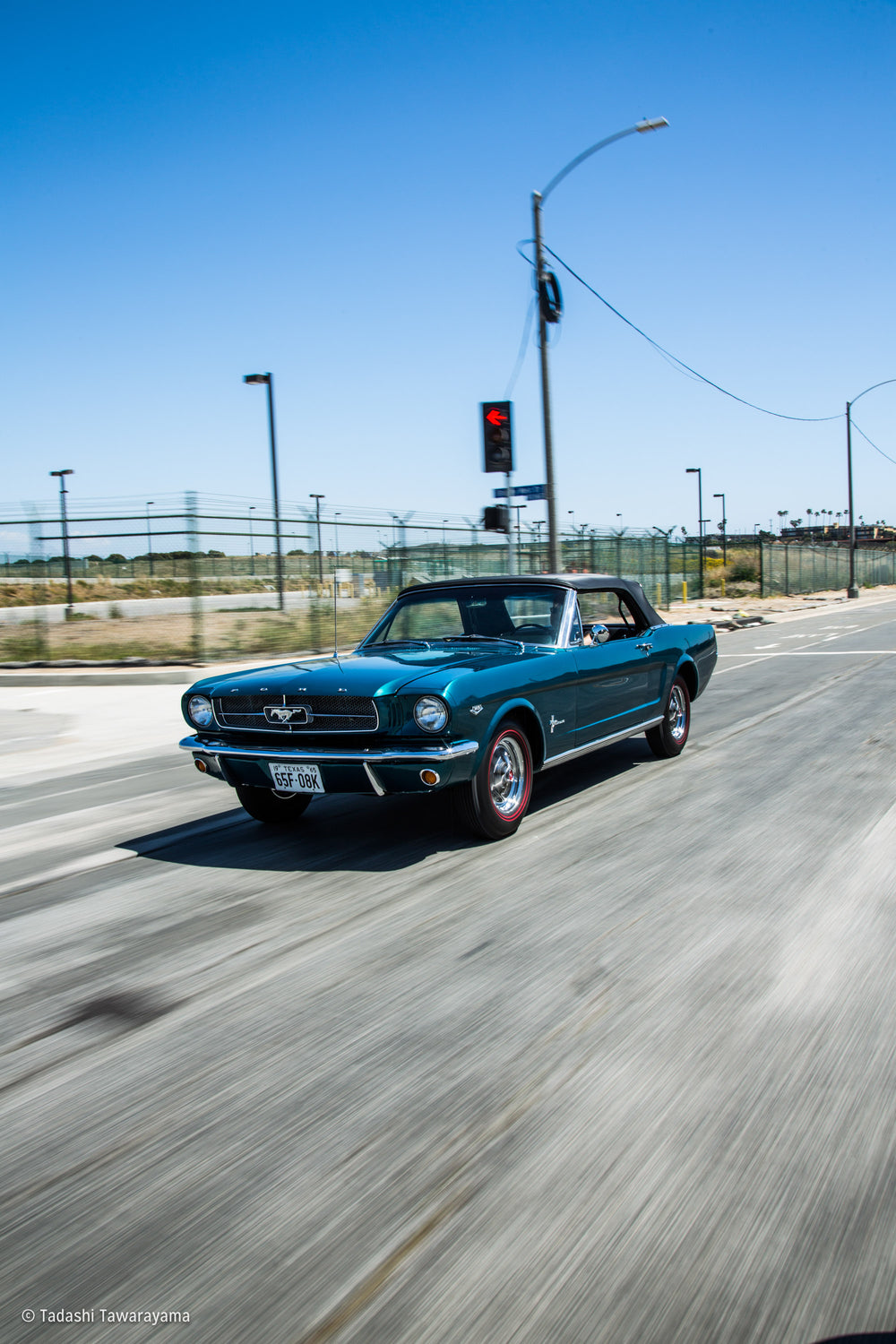Story by Michael Holmes
Every auto brand has its share of remarkable and sometimes rare and historically revered power plants. For Ford it is their K-Code 289 cubic-inch Windsor small block (also known as the HiPo 289). It all started in 1962 when Carroll Shelby talked Ford into giving him $25k and a handful of their new truck 260 cubic inch V8s to install into his new Cobra project. Ford quickly saw the value of their lightweight engine as a potential performance power plant soon after, as the Cobra was handily racking up victories against its rivals in SCCA production racing. Between '62 and ’63, Ford evolved the 260 cubic inch V8 into a multi-variant 289 cubic inch small block, including their high-revving, solid lifter K-Code model.





In '63 Ford offered the high performance 289 power plant as an option in their Fairlane vehicles while Shelby made them standard in his CSX2000-series Cobras, with stunning results; winning the USRRC in ’63 and ’64, the FIA GT Manufacturers World Championship in 1965. The HiPo 289 eventually powered the Cobra, Cobra Daytona Coupe, King Cobra, and the GT40 MKl street and race cars. In mid-1964, when Ford introduced their new Mustang, it too was offered with the venerable HiPo 289 option.





Ford then reached out to Carroll Shelby to make a race car out of the Mustang. In late-’64, the Shelby Mustang GT350 was introduced with only minor changes to the original mill under the hood: with revised intake and exhaust manifolds, a hotter carburetor, and finned aluminum oil pan and valve covers, Shelby turned the HiPo-powered Mustangs into winners, capturing the B-Production Championship in their first attempt. In all, Shelby received nearly 600 Hipo Mustangs in 1965 and another 2600 in 1966 (half of the going going to the now infamous Hertz Rent-A-Car program, known as the GT350H).



Based on the information in the HiPo Mustang registry, Ford produced nearly 1.7 million Mustangs from ’64-’67, but only 13,500 of those were HiPo 289-equipped. In 1965, the year of my Mustang, only 181 convertibles were produced, and only 5 painted in Twilight Turquoise.
1965 is also when my personal history with Ford began, as it was this year that my father joined the Ford Motor Company for what would end up being a nearly 40-year-long career. During that time we became intimately familiar with dozens of Mustangs from 1965 to 1970; convertibles, coupes, and fastbacks. These were the cars that we drove to school and work, that we bought, wrecked, restored, and resold. Not necessarily in that order.
My history with this Mustang though began in April 2004. While visiting my family in Texas, I spotted an early convertible sitting in the rain, partially covered, but completely neglected. I decided to take a closer look and inquired with the owner on whether I could have a closer look, which means exactly one thing: looking under the hood and inside the driver’s door for the VIN and warranty tag. Those are the two places where one can identify the engine code, and in the case of this car it was in fact a “K,” symbol of the HiPo 289. Needless to say I didn’t leave without the car.







I left the Mustang in storage until 2010 though, when I eventually decided to ship it out to LA to start its restoration. By then I knew far more about the car than when I purchased it. As found by me, the car was wearing Signal Flare red, with a white top and white pony interior, GT equipped. My research uncovered that fact that the car should be Twilight Turquoise, with a standard black interior and black top, and certainly no GT options as those were not available until March ’65. My car is a Dec. ‘64 car.
Once the restoration was underway—car stripped, media blasted, and secured to my rotisserie—the real work began. What became painfully clear was the car had undergone extensive repairs in the past but required far more work to bring back to a concours-level restoration. I had come to the realization that the car is only original once, and since this had already been under the knife before, it was up to me to ensure that it would get the highest-quality restoration.
Three years later, I enjoy the car every chance I get!
































































